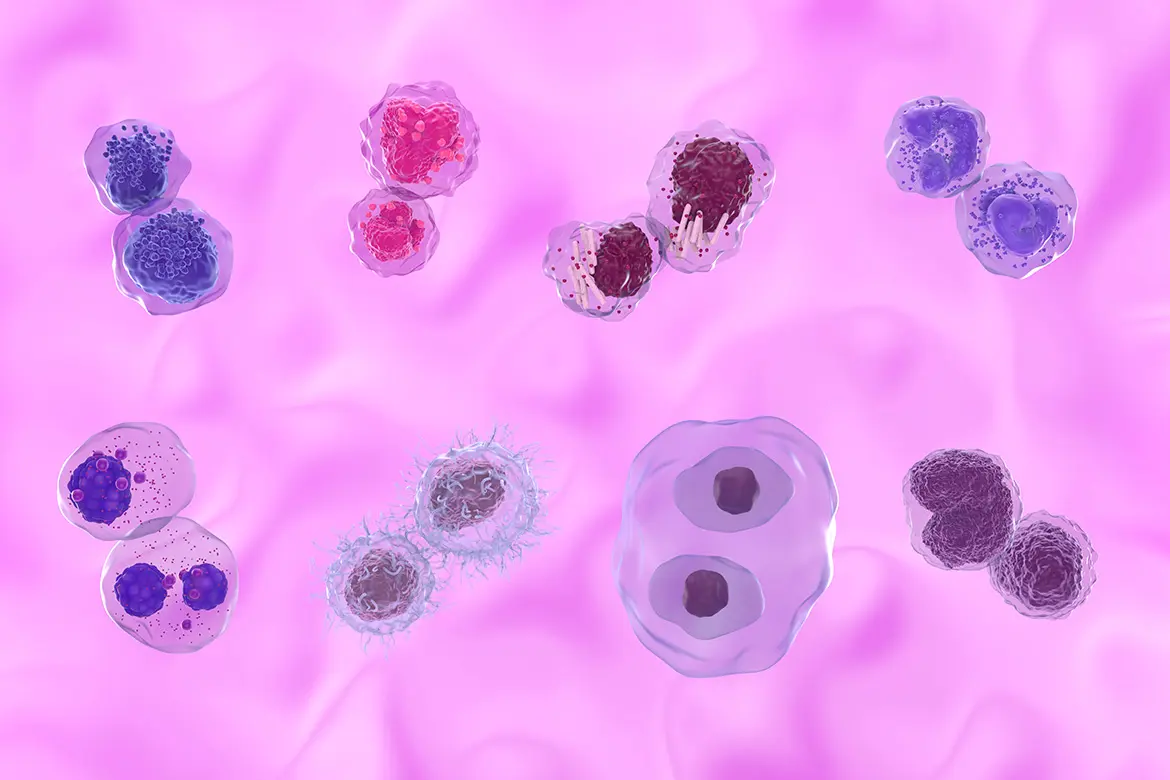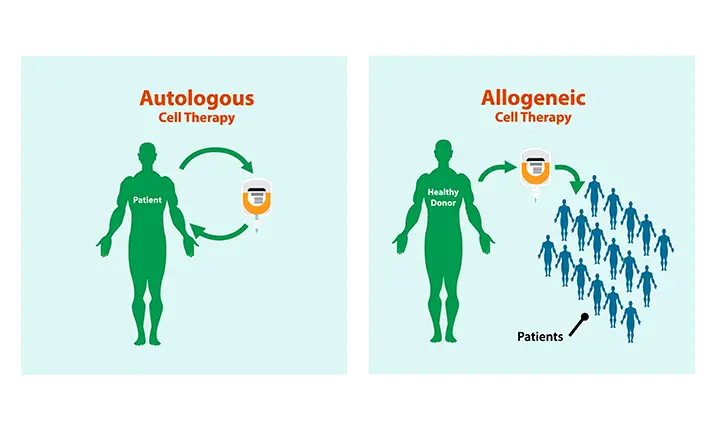Which is typically the first line of treatment for multiple myeloma?
The first line of treatment for multiple myeloma usually involves a combination of therapies, including chemotherapy, targeted therapy, and immunotherapy. Common drugs include daratumumab, bortezomib, lenalidomide, thalidomide and dexamethasone.
The goal of this initial treatment, known as induction therapy, is to reduce the number of cancerous cells and prepare the patient for a possible stem cell transplant.
Who is a candidate for stem cell transplant to treat multiple myeloma?
Candidates for stem cell transplant are typically patients under the age of 65, although age alone is not the sole criterion. Factors influencing candidacy include overall health, kidney function, heart health, and the presence of other medical conditions.
Patients who respond well to initial chemotherapy are often considered good candidates for ASCT. However, those with extensive disease progression, severe organ damage, or significant comorbidities may not be suitable for this procedure.
Which type of stem cell transplant is recommended for multiple myeloma?
There are 2 main types of stem cell transplants: autologous and allogeneic.
For multiple myeloma, autologous stem cell transplant (ASCT) is typically recommended. In an ASCT, the patient's own stem cells are harvested, and then reintroduced after intensive chemotherapy to eradicate cancer cells. Patient’s own stem cells are used to rescue the patient from potentially severe side effects of the high dose chemotherapy, allowing the patient to recover in a shorter duration. Immune related complications are rare in this type of stem cell transplant.
Allogeneic stem cell transplants, using donor stem cells, are less common in multiple myeloma due to higher risks of graft-versus-host disease (GVHD). However, they may be considered in certain cases, such as relapse after an autologous transplant or when the patient's own cells are not viable.
How long does it take to recover after a stem cell transplant for multiple myeloma?
Recovery after an autologous stem cell transplant can be lengthy and varies among patients.
Typically, the initial hospital stay lasts about 2 – 3 weeks, during which the patient's blood counts and immune system begin to recover. Full recovery of immune function can take several months to a year. During this period, patients are closely monitored for infections and other complications.
Rehabilitation and supportive care, including physical therapy and nutritional support, play crucial roles in the recovery process. Patients are often advised to avoid large crowds and adhere to strict hygiene practices to minimise infection risks.
How successful is stem cell transplant for multiple myeloma?
Stem cell transplants can significantly improve outcomes for multiple myeloma patients.
According to the American Cancer Society, autologous stem cell transplants can lead to remission in about 50 – 60% of patients.
Long-term survival rates vary, with many patients experiencing extended periods of remission. It's important to note that while ASCT is not a cure, it can prolong survival and enhance quality of life.
How long can you live after a stem cell transplant for multiple myeloma?
Survival rates after a stem cell transplant for multiple myeloma have improved over the years.
Many patients live for several years post-transplant, with some achieving long-term remission.
According to a study published in the Journal of Clinical Oncology, the median overall survival for patients undergoing ASCT is approximately 5 – 10 years, with some patients living much longer.
What are the pros and cons of stem cell transplant for multiple myeloma?
Pros:
- Improved survival rates: ASCT can extend survival and improve quality of life
- Remission: Many patients achieve complete or partial remission
- Reduced symptoms: Patients often experience a significant reduction in symptoms and complications of multiple myeloma
Cons:
- Side effects: High-dose chemotherapy and the transplant procedure can cause significant side effects, including nausea, fatigue, and increased infection risk
- Long recovery: Recovery can be prolonged and requires careful management
Conclusion
Stem cell transplants offer a viable and often effective treatment option for multiple myeloma patients.
While it is not a cure, it can significantly extend survival and improve quality of life. Patients considering this treatment should discuss the potential benefits and risks with their healthcare providers to make informed decisions.
Learn more about stem cell transplants, multiple myeloma, and how you can begin your transplant journey with us at Mount Elizabeth.














